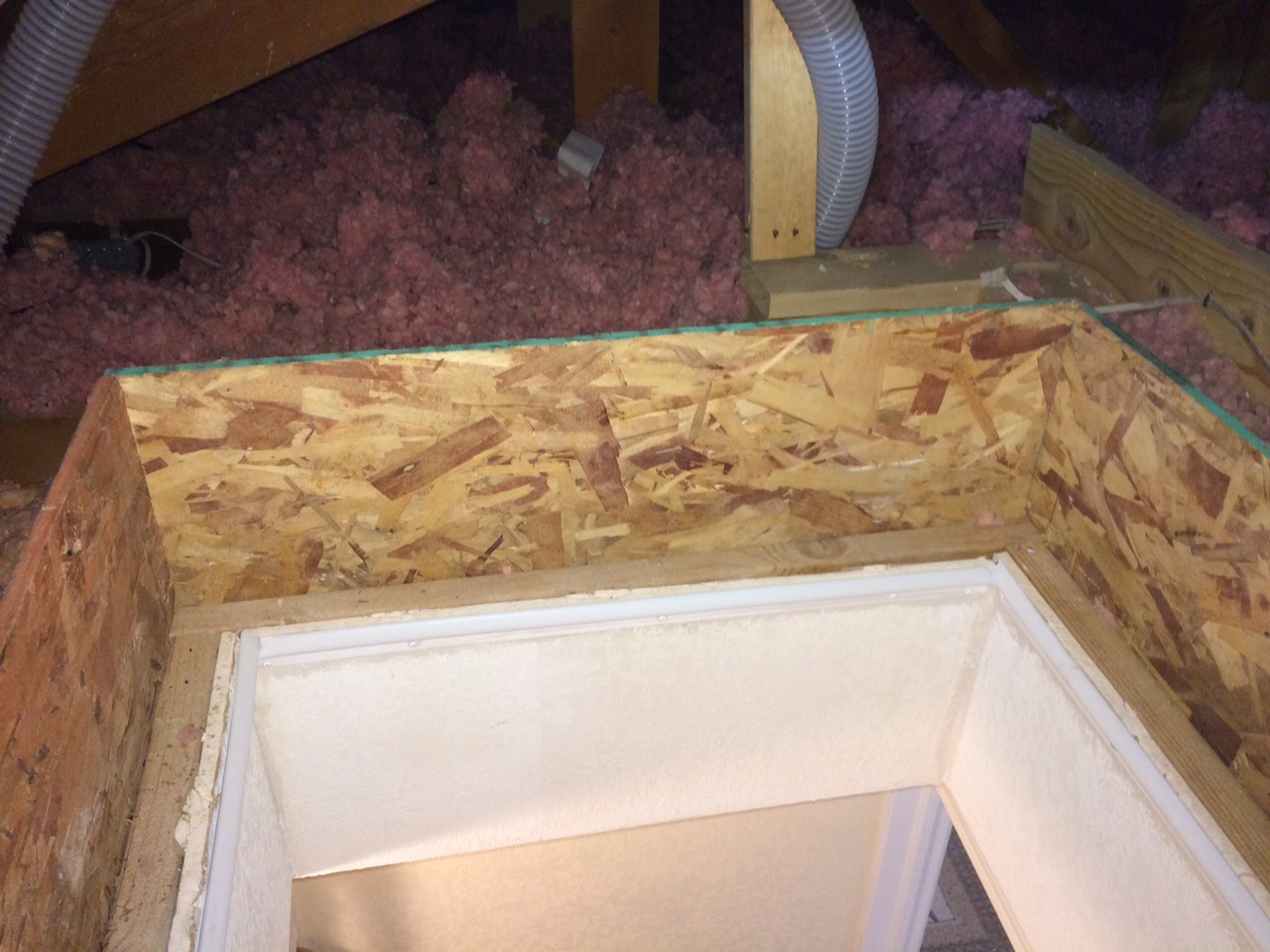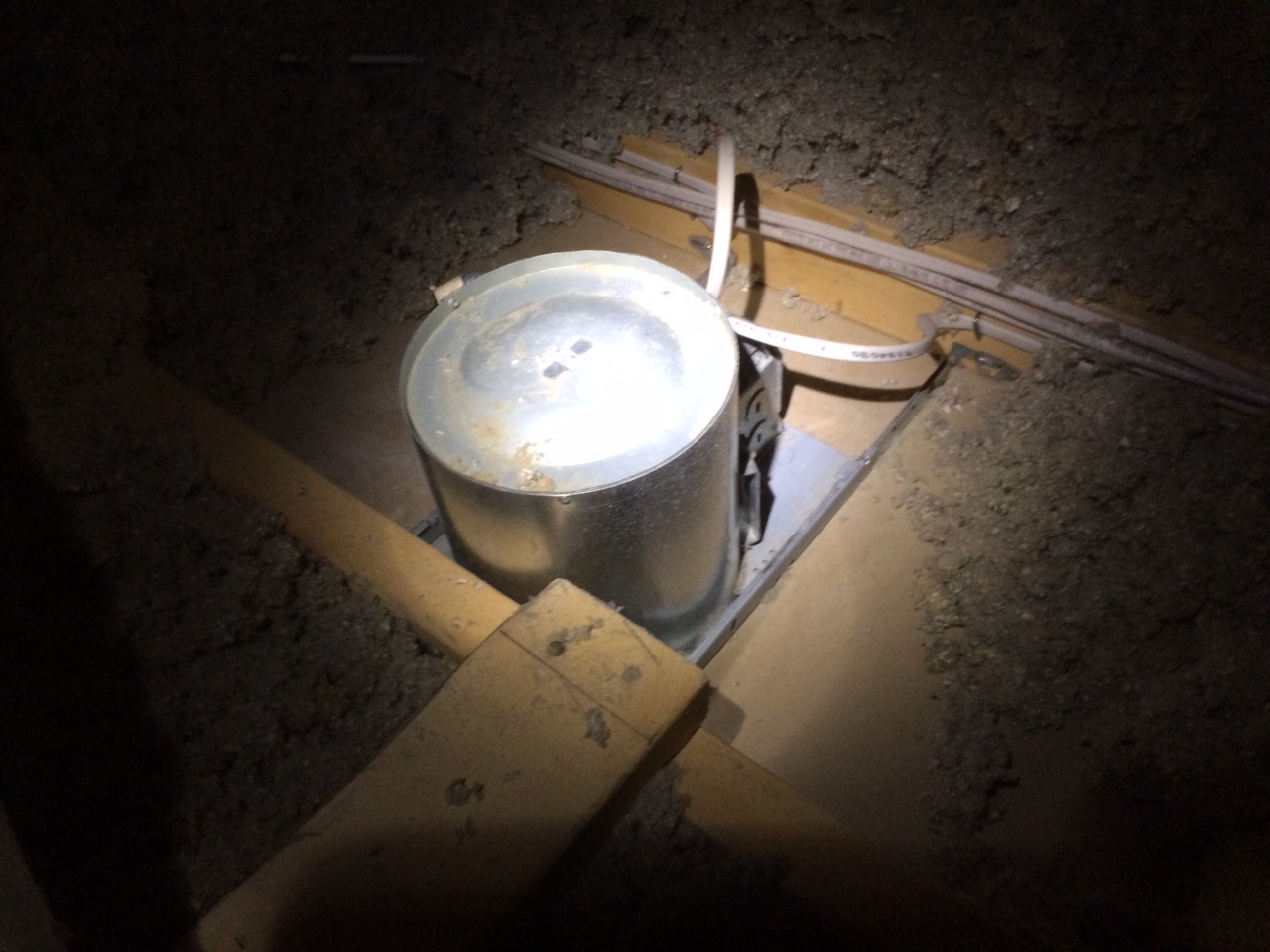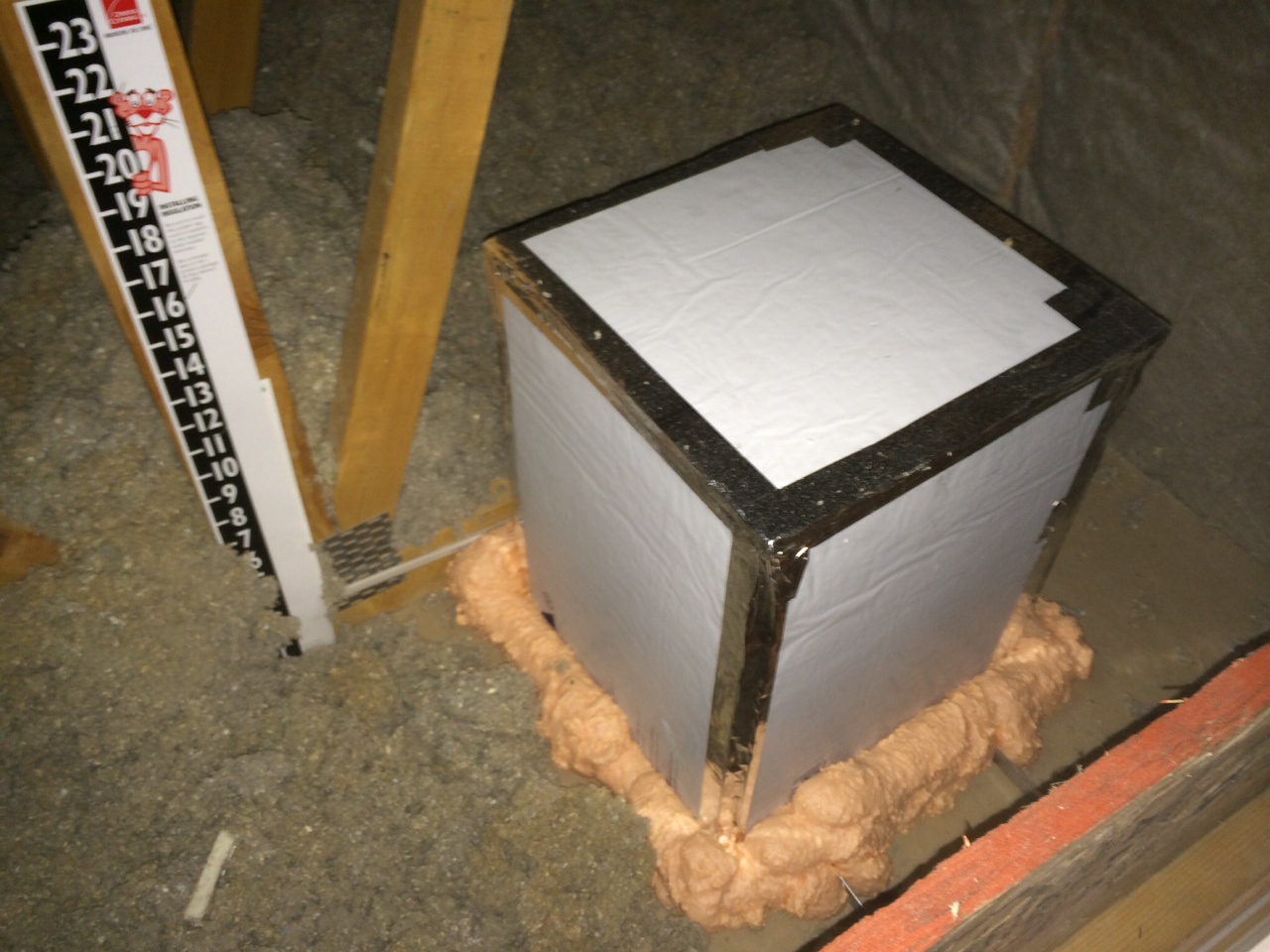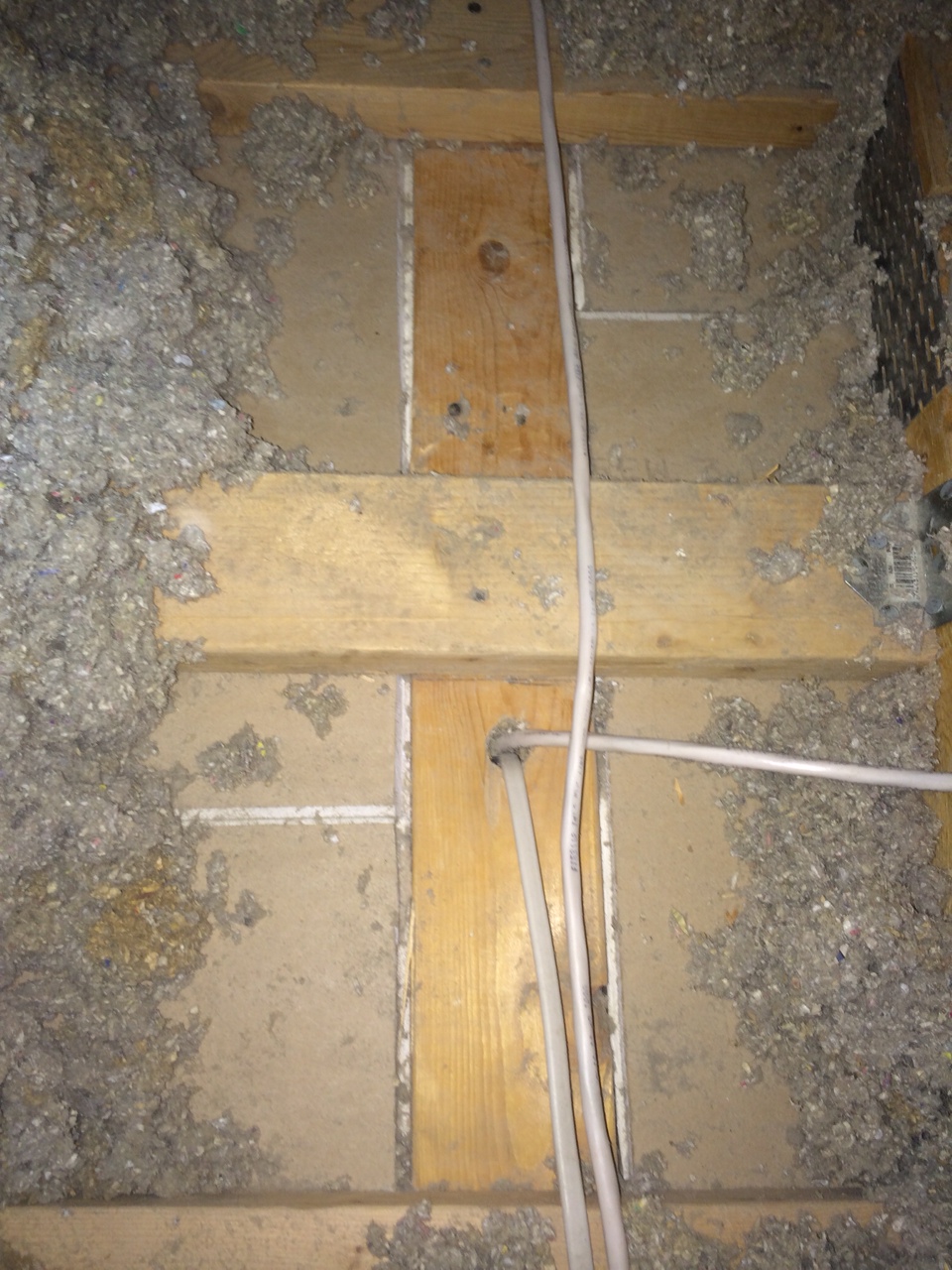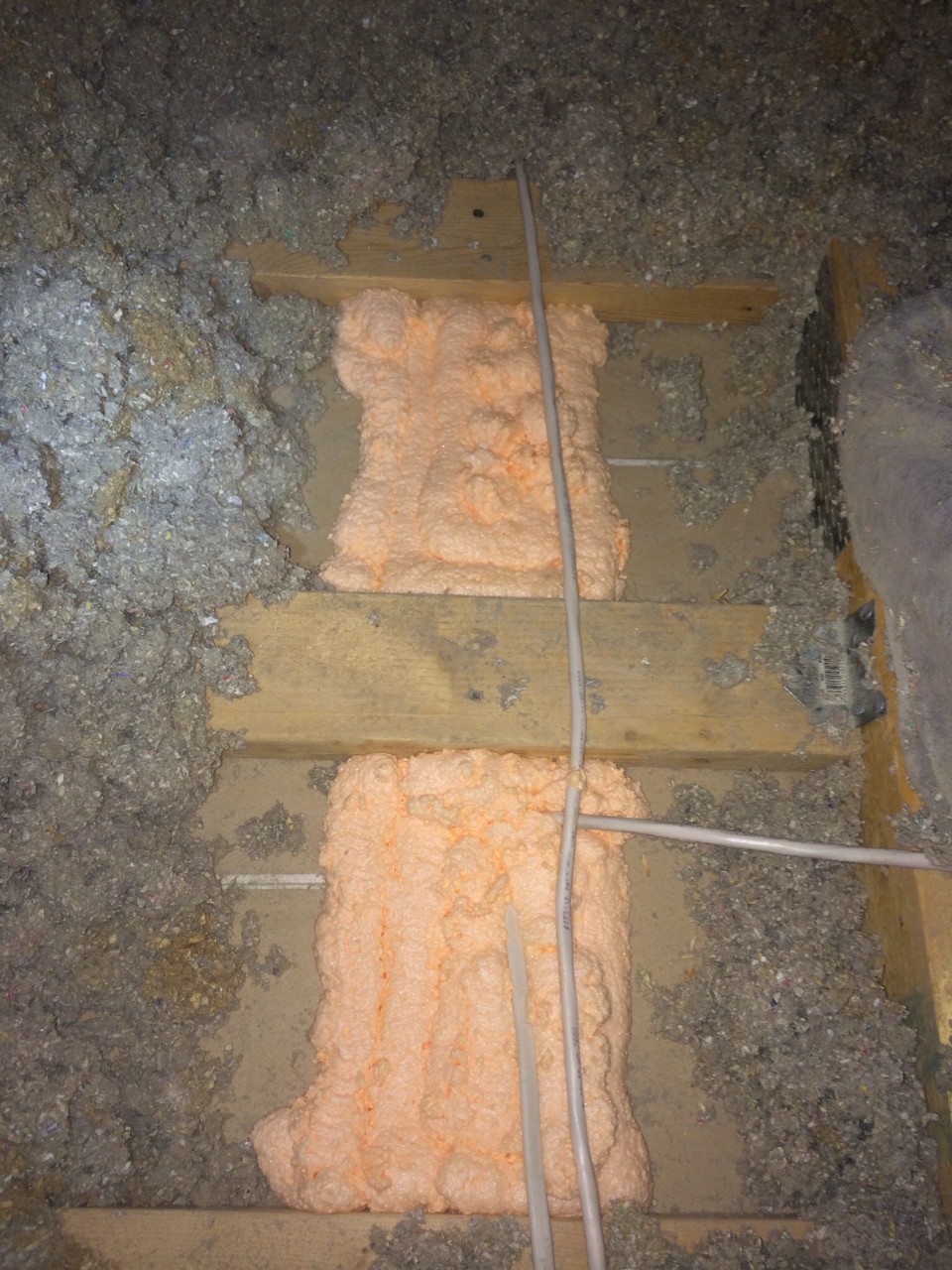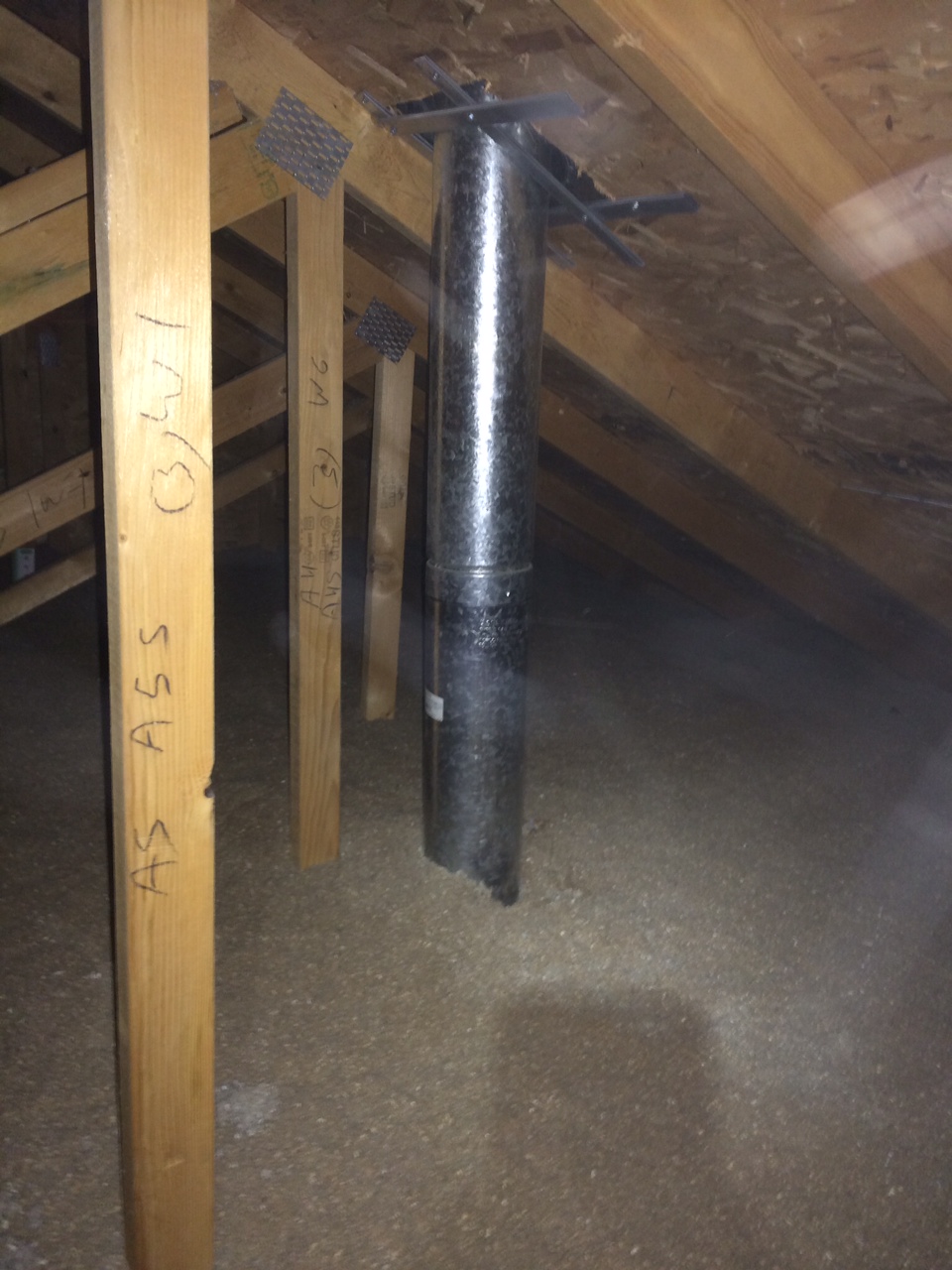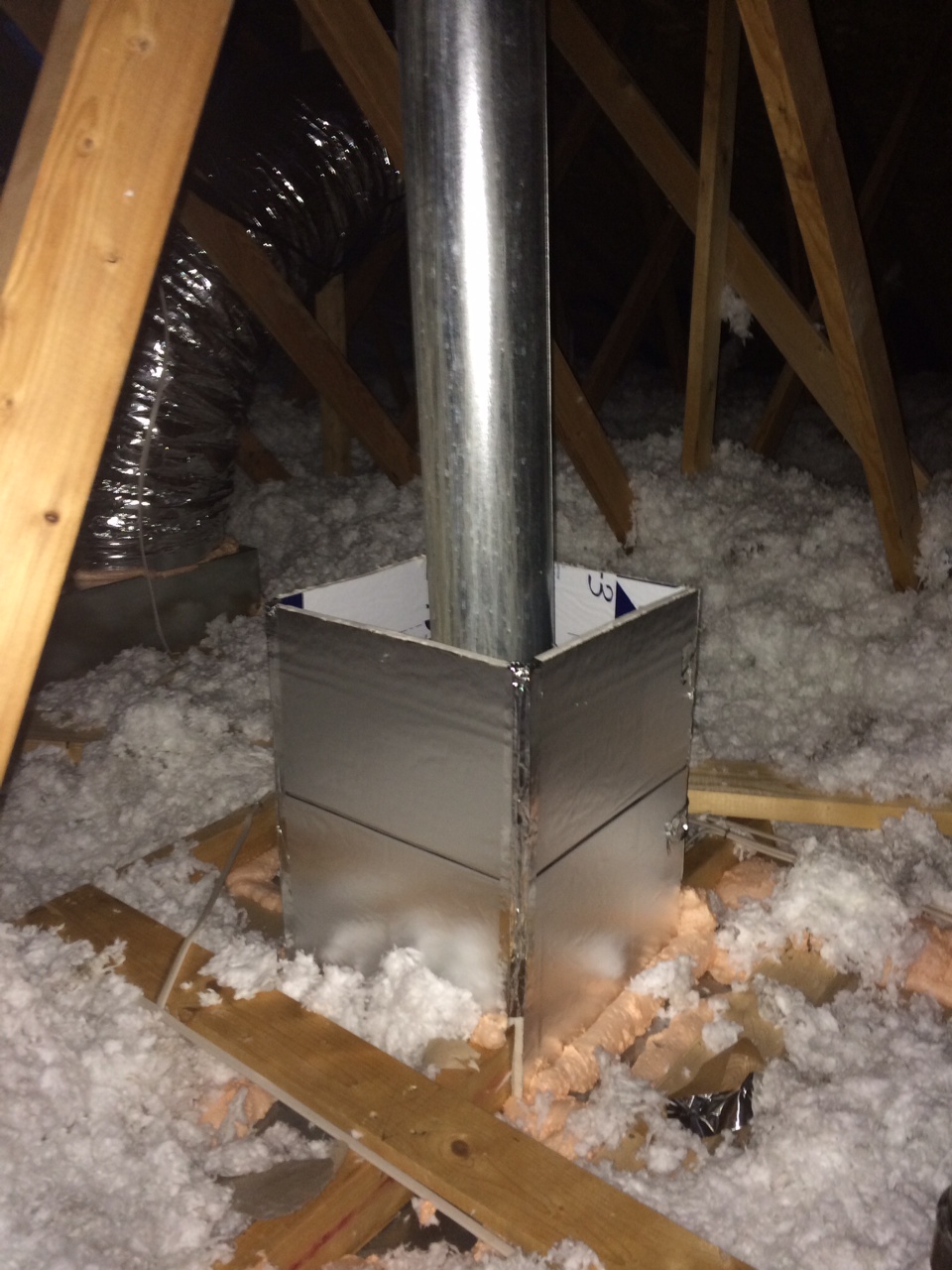Home Energy Efficiency Improvements
Most homes leak Air due to past building practices
The following areas help eliminate air infiltration from your attic space. Creating a sealed envelope on the house is the #1 improvement you can make. It helps keep conditioned air in your home and helps eliminate drafts and cold spots.
Attic Hatch
1- Installing a rubber seal on the trim creates an air seal.
2- Installing a dam the height of the insulation keeps it from falling down hatch.
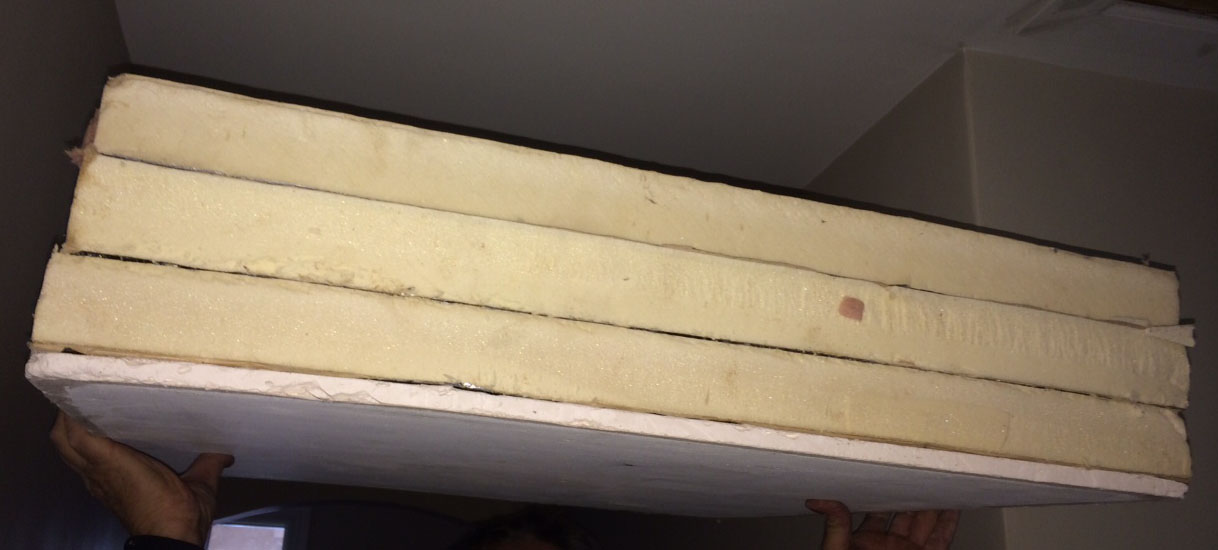
Attic hatch cover- Installing layers of rigid foam to match the amount of
insulation
in the attic will keep the thermal barrier across the attic.
Recessed Can Light Cover / Top Hat
Recessed cans are very leaky in their design. Installing a top hat over the can and sealing
it to the
drywall will make it part of the living space and keep air from escaping.
Air Seal / Electrical

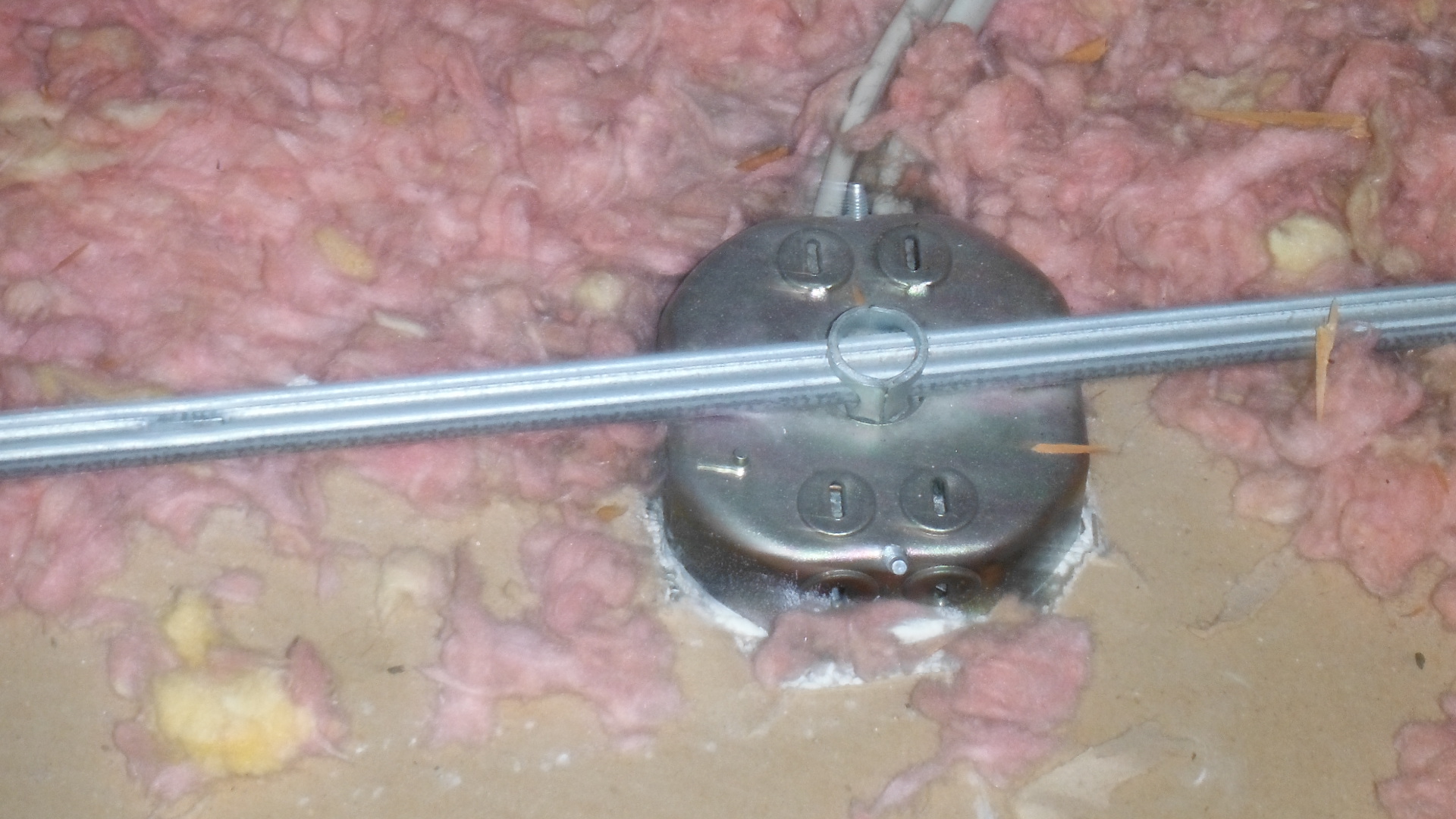
Sealing the electrical with spray foam will keep air from infiltrating from the living space.
Air Seal / Top Plates
A top plate is the framing behind the drywall. Over time these shrink and allow air to fall down into the walls and being pulled into the home through electrical plugs and switches.. Installing a 1" layer of spray foam keeps this barrier from leaking.
Air Seal / Plumbing
Sealing the plumbing with spray foam will keep air from infiltrating from the living space.
The grey portion of this picture also shows the dust that is pulled to these penetrations in the attic.
Furnace / Fireplace / Water Heater / Flue
Most furnace flues do not have a barrier between the insulation and the heated flue. This can become a fire hazard. Installing material to hold the insulation back and air sealing the flue with fire caulk will make sure the air does not fall down this cavity.
Duct Sealing
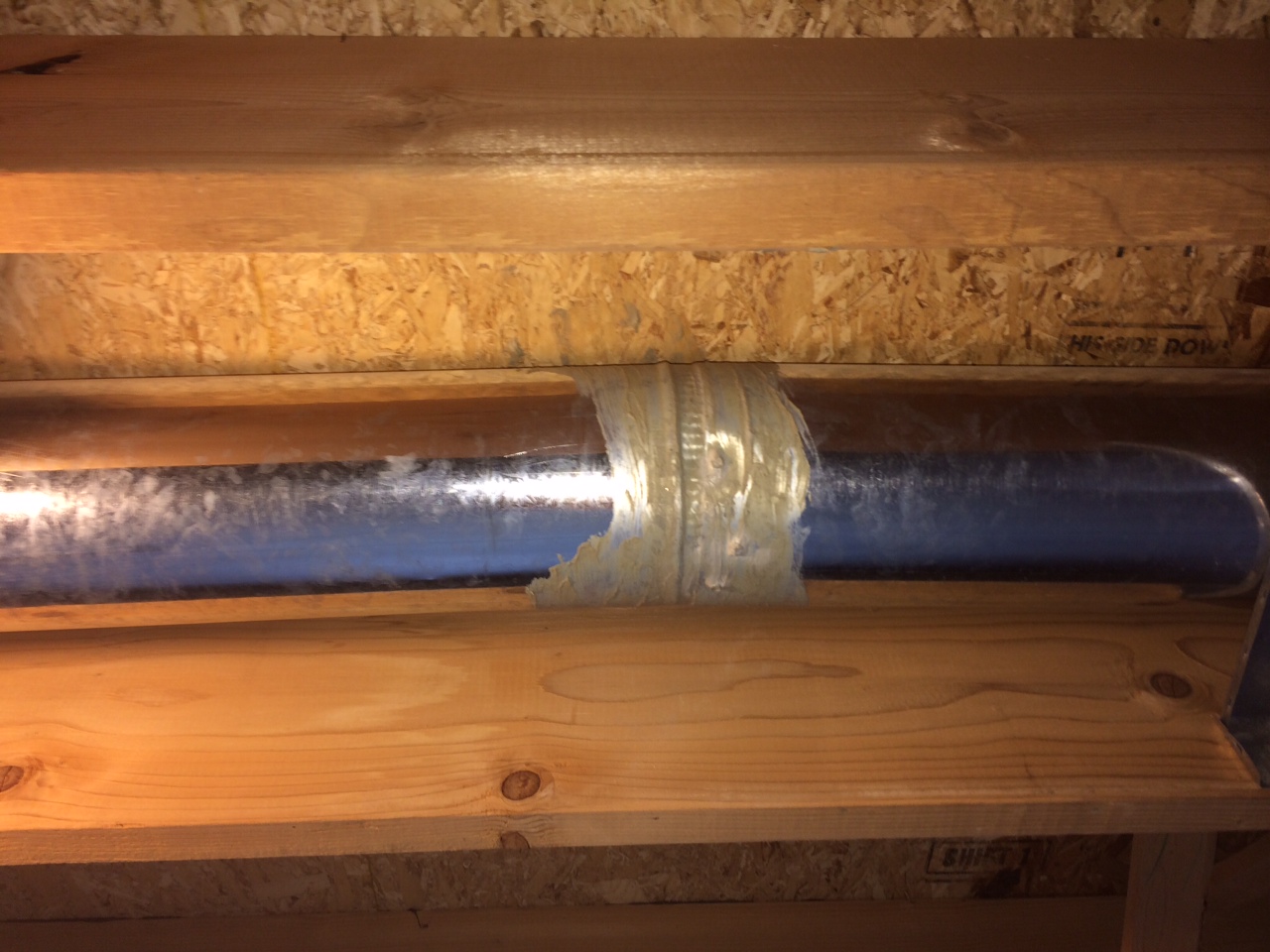

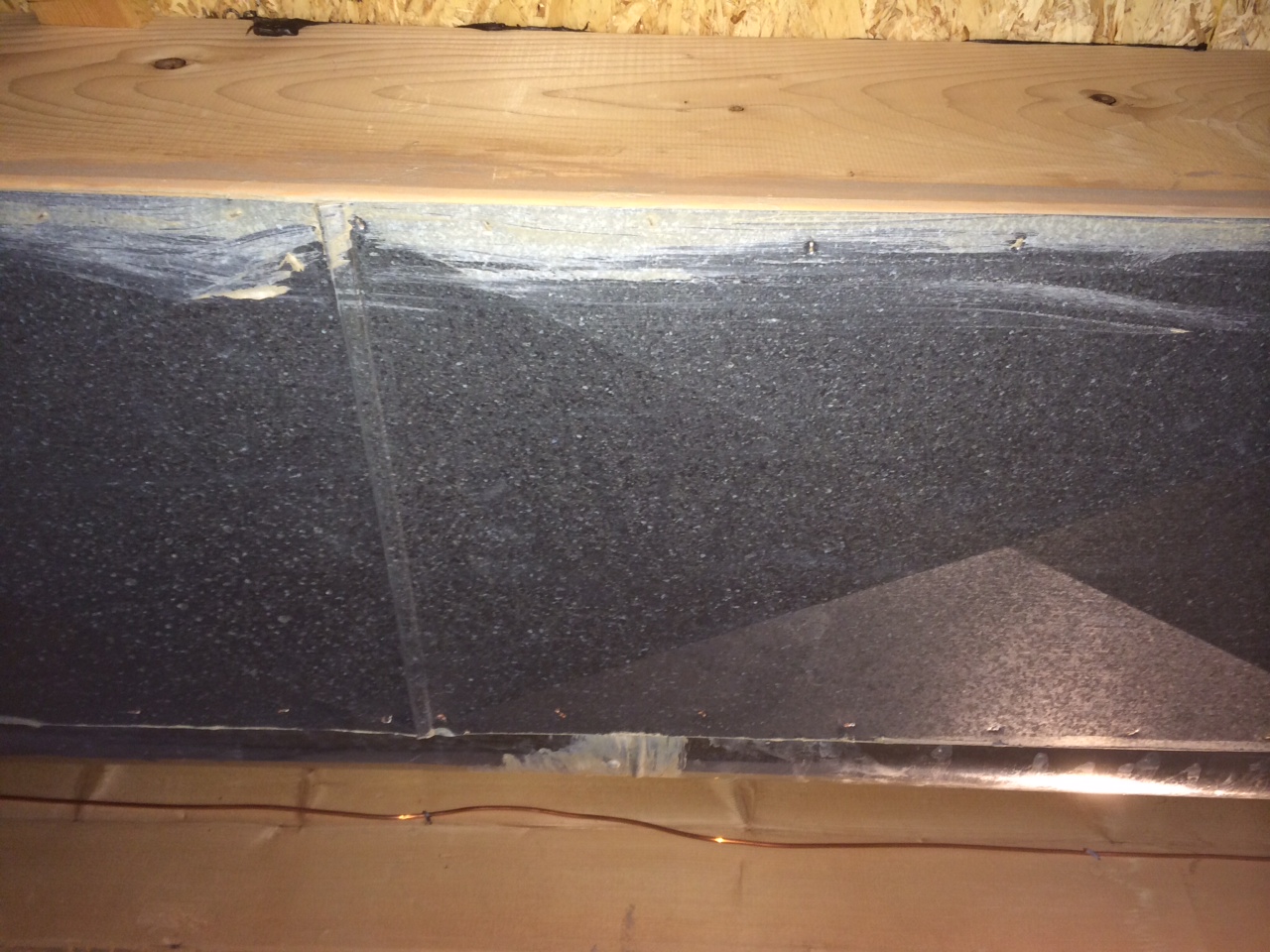
If ducts are not sealed with mastic or metal tape they can lose 30% or more of their efficiency. When sealed the air is properly circulated through out the home, ensureing that the furnace is working properly.
Additional Insulation
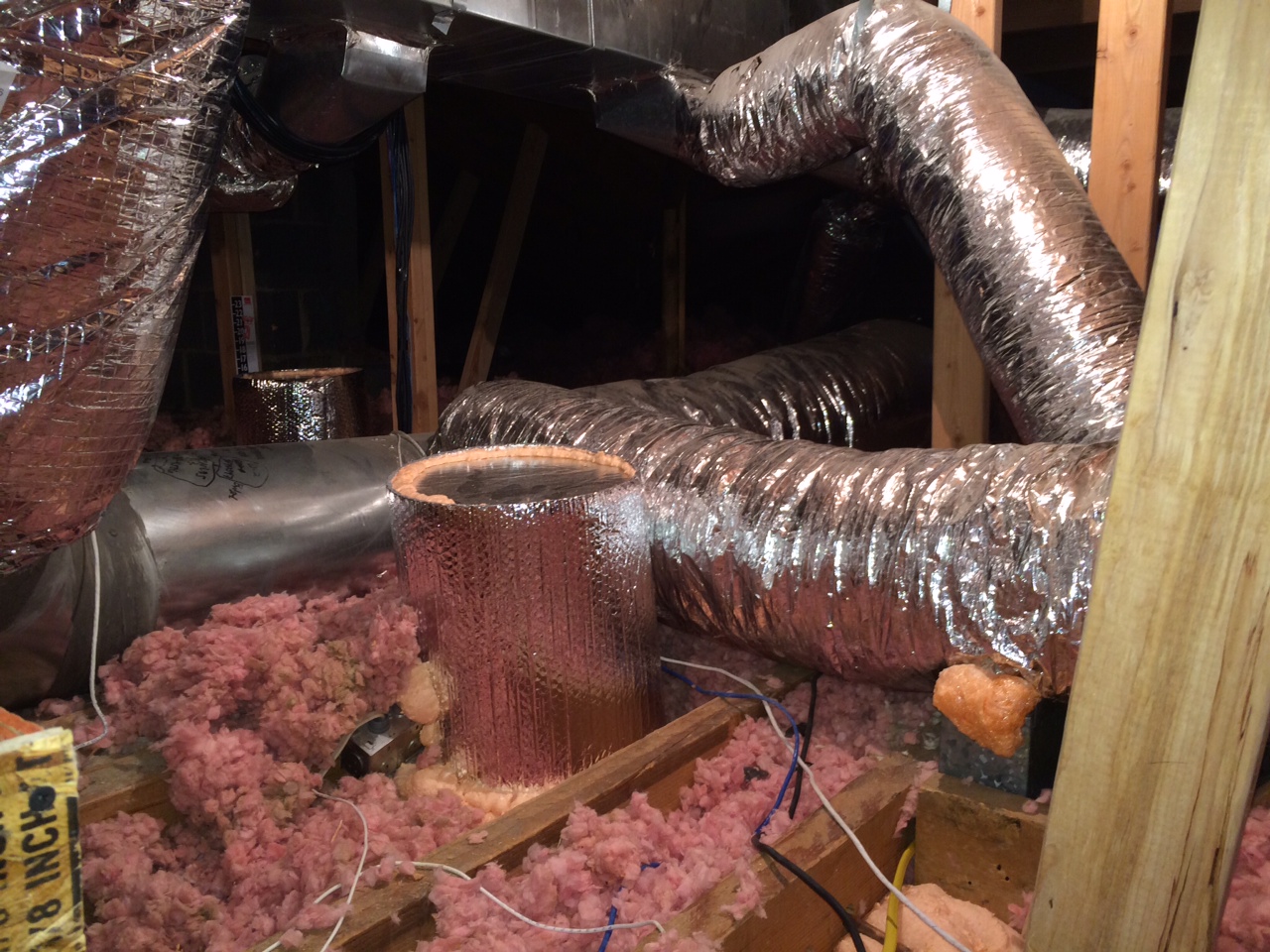

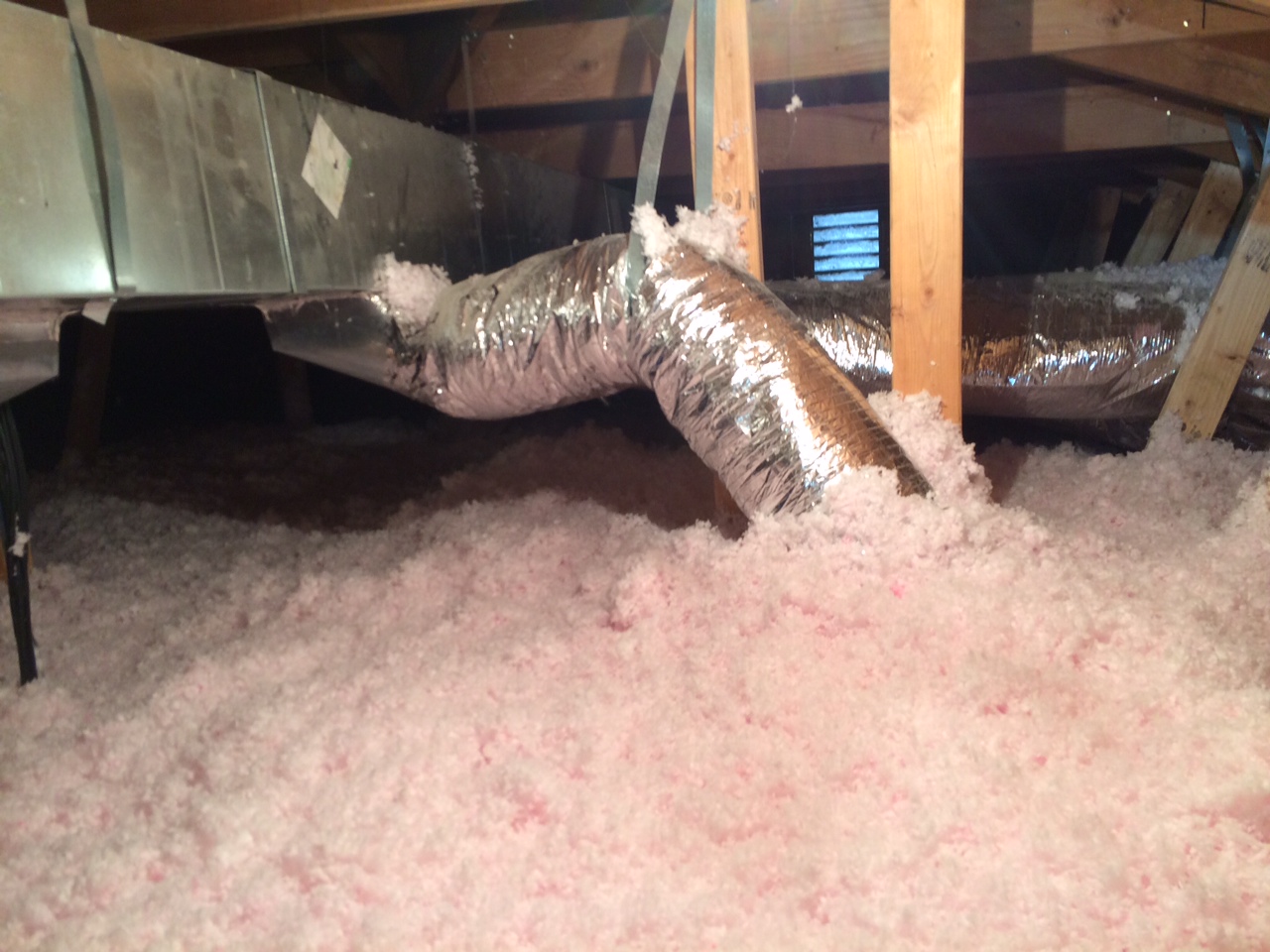
After air sealing insulation is the next greatest improvement you can make to your home. The DOE recommends R49 - R60 (16" - 20") for Colorado. Many homes have R30 (10") or much less depending on the age of the home. R means resistance to heat transfer. The greater the R value the greater the barrier between the indoors and outdoors.
Latest News
-
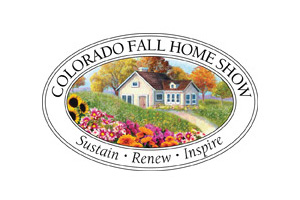
-
 Rebates will change a little this year. Now easier to apply and use. A great way to improve your home and save on the upgrade at the same time. Check Here
Rebates will change a little this year. Now easier to apply and use. A great way to improve your home and save on the upgrade at the same time. Check Here
January 2020
.jpeg)
